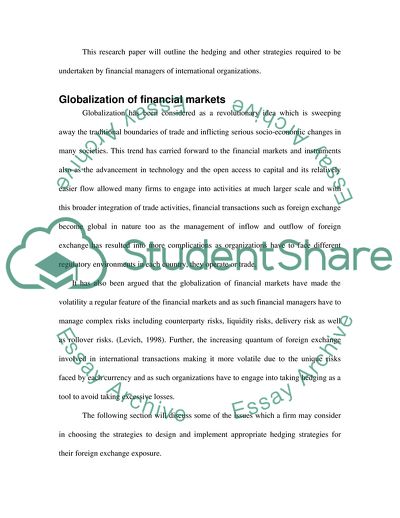Cite this document
(International Finance Organizations of Foreign Exchange Management Research Paper - 1, n.d.)
International Finance Organizations of Foreign Exchange Management Research Paper - 1. Retrieved from https://studentshare.org/finance-accounting/1720724-international-finance
International Finance Organizations of Foreign Exchange Management Research Paper - 1. Retrieved from https://studentshare.org/finance-accounting/1720724-international-finance
(International Finance Organizations of Foreign Exchange Management Research Paper - 1)
International Finance Organizations of Foreign Exchange Management Research Paper - 1. https://studentshare.org/finance-accounting/1720724-international-finance.
International Finance Organizations of Foreign Exchange Management Research Paper - 1. https://studentshare.org/finance-accounting/1720724-international-finance.
“International Finance Organizations of Foreign Exchange Management Research Paper - 1”. https://studentshare.org/finance-accounting/1720724-international-finance.


